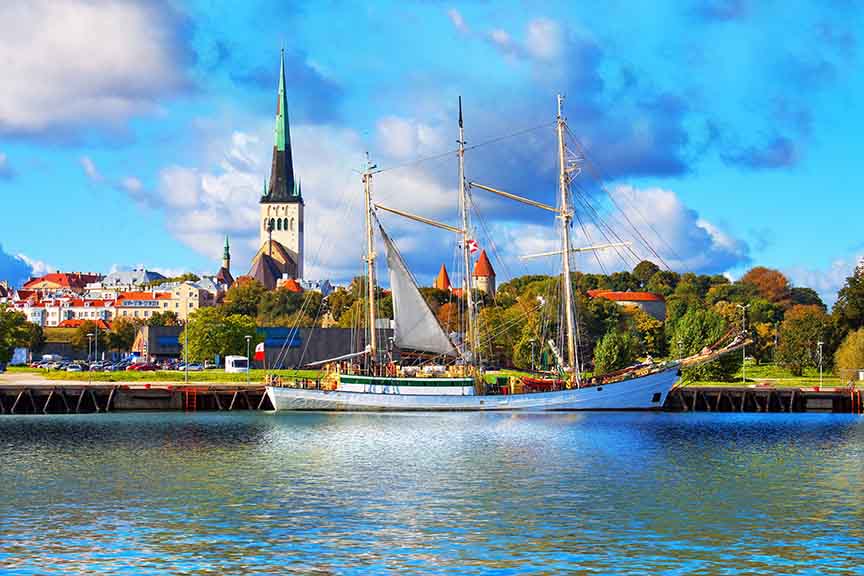In Frankfurt, Germany’s economic powerhouse and home to the European Central Bank, initial impressions may not lead to immediate admiration. The city’s business district, filled with suits and modern towers of glass and steel, can seem unwelcoming at first glance. However, beneath this surface, there is a wealth of culture and charm to discover. From the tranquil botanical garden in the business district to the vibrant restaurants on “Fressgass,” and from world-class museums along the Main river to the communal atmosphere of Sachsenhausen, where locals enjoy applewine late into the night, Frankfurt offers something for everyone. Despite its reputation as a big city, Frankfurt is relatively small and most attractions can be easily reached on foot, allowing visitors to fully explore its hidden treasures.
The heart of downtown Frankfurt is the Römerberg, an ancient town square and the centerpiece of the city’s Christmas Market. South of the Römerberg, visitors can discover cultural institutions such as the Städel art museum and the Historical Museum, while crossing the Main river leads to the grassy Museum Embankment. Beyond the Römerberg, the Zeil shopping street offers big-name stores, and Goethe House, the birthplace of Johann Wolfgang von Goethe, is not far off. Further west, the Palmengarten in Westend provides a lush escape, and the Bahnhofsviertel district offers a diverse array of dining options and markets.
When it comes to accommodation, Frankfurt’s Hauptbahnhof area offers a range of two to three-star hotels, ideal for those seeking a lively neighborhood. For a more upscale experience, visitors can head towards the business district to find unique properties like the nhow Frankfurt or the Ruby Louise. The city’s dining scene is equally diverse, with Asian and Middle Eastern options near the railway station, European restaurants downtown, and traditional German cuisine in districts like Bornheim and Sachsenhausen. Local specialties like Handkäs mit Musik and Grüne Sosse can be found in taverns throughout the city, providing a taste of authentic Frankfurt cuisine.
One of the city’s highlights is the Kleinmarkthalle, a bustling food market where locals and visitors alike can browse and sample a variety of culinary delights. For those planning a visit to Frankfurt, spring and autumn are recommended for the abundance of cultural events, although hotel prices may be higher during trade fairs like the book fair in October. July and August tend to be quieter months, perfect for exploring the city’s outdoor attractions like the River Main. Travelers should be prepared with euros for transportation, consider renting a bicycle to navigate the city, and explore public transport options such as the Frankfurt Card for discounts on museums and unlimited travel.




